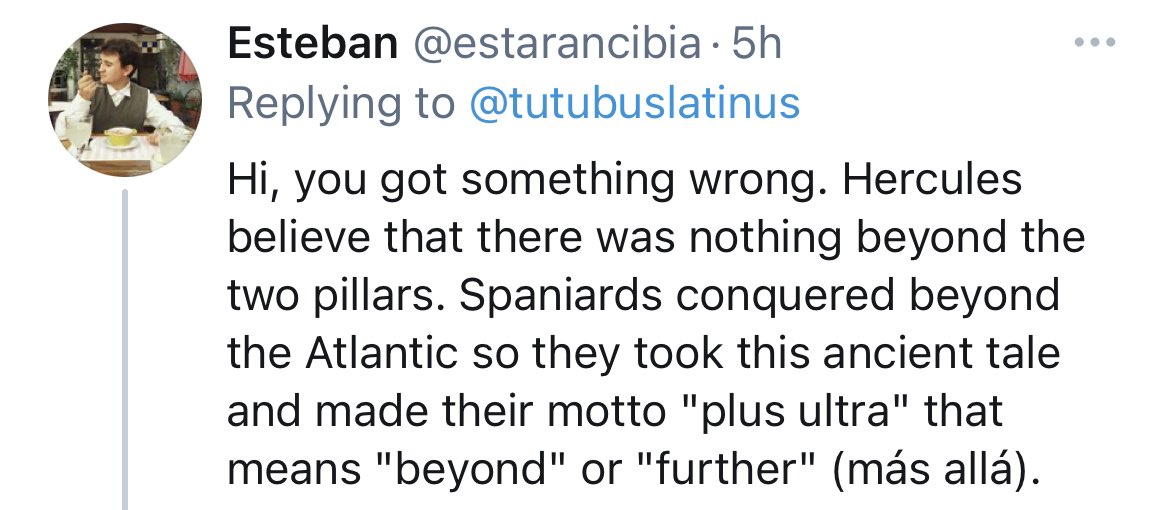This is my favourite story of all time. It begins 5.33 million years ago, involves Hercules, the Delphic Oracle, the national motto of Spain and the New World. There is a surprise reveal at the end, and I’m 86.3% sure it’s all 100% true. A thread. 1/12
5.33 millions year ago the waters of the Atlantic spilled into the dried up Mediterranean in an event called the Zanclean Flood. According to this model, water rushed in at a rate 1000 times greater than the Amazon’s flow, filling the entire basin in less than two years. 2/12
The Flood created the Straights of Gibraltar, separating the Iberian Peninsula from North West Africa. At its narrowest it is a mere 13 kilometres across, between Point Marroqui in Spain and Point Cires in Morocco. 3/12
A mountain stands on either side of the straight. The Rock of Gibraltar at the northern end and at the southern end, Abilia Mons. In antiquity, these mountains were referred to as the Pillars of Hercules. Why? I’m glad you asked. 4/12
According to legend, Hercules tragically murdered his family - his wife Megara and their five children - after Juno drove him insane. In desperate remorse he visited the Delphic Oracle to ask Apollo how he could pay penance for this terrible act. 5/12
Apollo demanded that he put himself in the service of the Mycenaean King, Eurystheus. The king sent him to do a dozen tasks, famously know as the 12 Labours of Hercules. The tenth labour involved a journey far to the west, to seize the cattle of Geryon. 6/12
A lost passage of the poet Pindar, quoted by the ancient writer Strabo, claims that the mountains mark the further Hercules ever traveled from home. Other versions of the tale tell that he built them to hold up the sky, to relieve Atlas from his burdensome duty. 7/12
Another theory, that Hercules built the pillars as a warning to travellers, found its way into Spain’s national crest. Plus Ultra is an abbreviations of ‘ne plus ultra - nothing further beyond’, an inscription that was believed to be carved upon the ‘pillars’. 8/12
As you see in the coat of arms, the pillars were often represented as actual pillars, usually depicted with an S-shaped scroll of ribbon wrapped around them. Here is another example, from the town hall of Seville. 9/12
Unsurprisingly, the image also appeared on thousands of coins, many of which travelled across Europe and the New World. In fact, the Spanish crown even minted these coins in America. As you can see, they continue the symbolism of the two pillars, wrapped in ribbon. 10/12
Over time the symbol of two ribbon wrapped pillars was reduced to its simplest elements - two straight lines and an S shape. In some parts of the world the number of columns was even reduced to one. And that is the tale of the dollar sign.  https://abs.twimg.com/emoji/v2/... draggable="false" alt="🙂" title="Leicht lächelndes Gesicht" aria-label="Emoji: Leicht lächelndes Gesicht"> 11/12
https://abs.twimg.com/emoji/v2/... draggable="false" alt="🙂" title="Leicht lächelndes Gesicht" aria-label="Emoji: Leicht lächelndes Gesicht"> 11/12
Full disclosure. There are other versions of the dollar sign’s origin, but this is by far the one I like best. And as Slartibartfast once said in the Hitchhiker’s Guide to the Galaxy, ‘If I have to choose, I& #39;d much rather be happy than right any day of the week. ’ 12/12
This tweet is just here to stop Twitter from revealing the reveal in the timeline.  https://abs.twimg.com/emoji/v2/... draggable="false" alt="🙂" title="Leicht lächelndes Gesicht" aria-label="Emoji: Leicht lächelndes Gesicht">
https://abs.twimg.com/emoji/v2/... draggable="false" alt="🙂" title="Leicht lächelndes Gesicht" aria-label="Emoji: Leicht lächelndes Gesicht">
Thank you to @estarancibia who reached out with a correction. Not only right, but a much better story as well.

 Read on Twitter
Read on Twitter


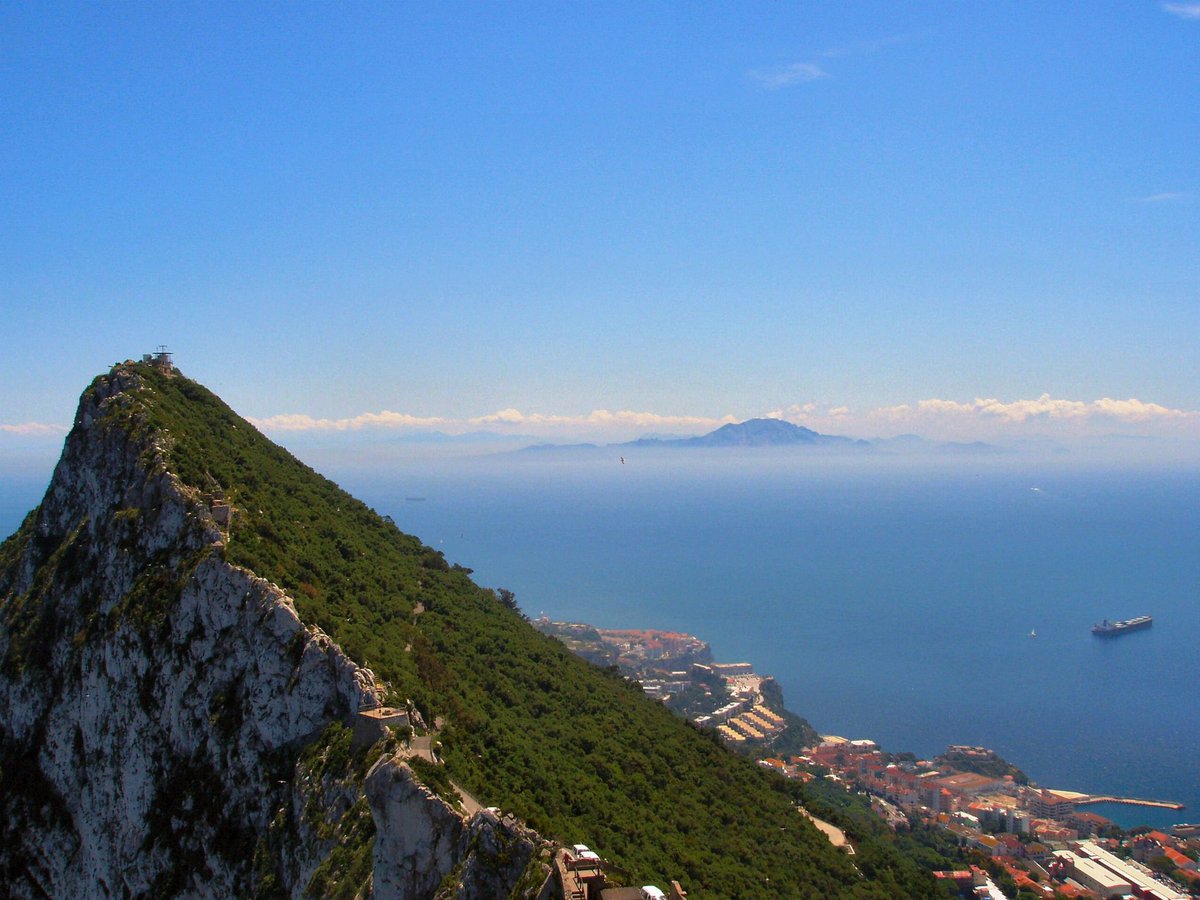
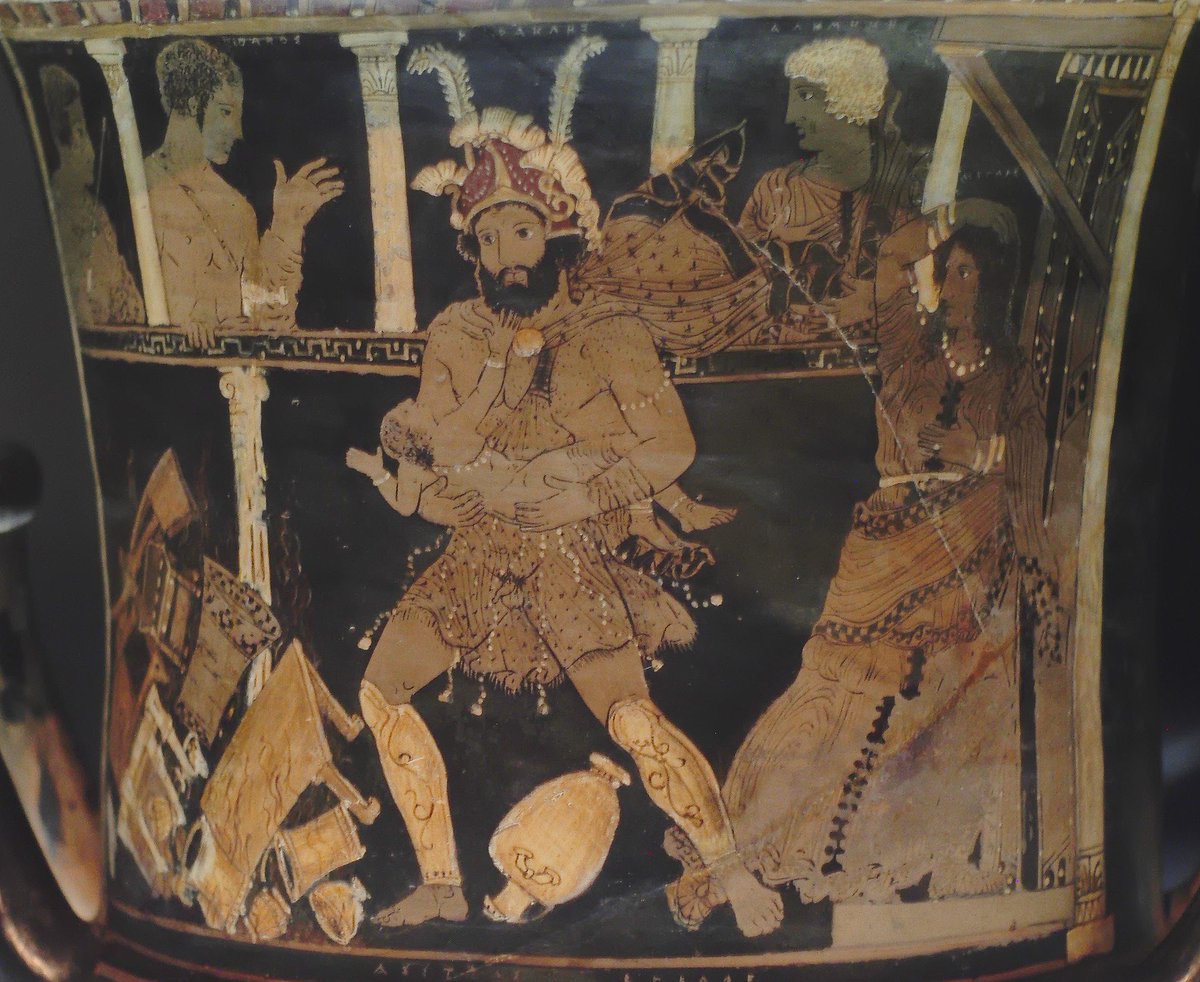



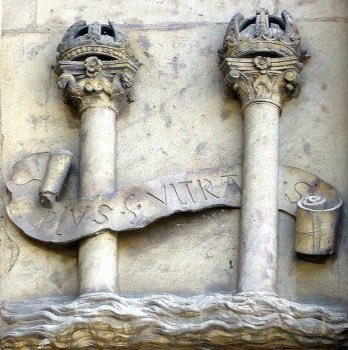
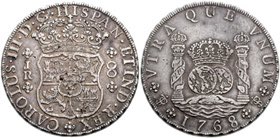
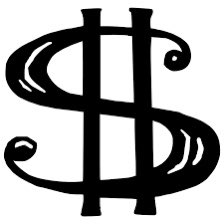 11/12" title="Over time the symbol of two ribbon wrapped pillars was reduced to its simplest elements - two straight lines and an S shape. In some parts of the world the number of columns was even reduced to one. And that is the tale of the dollar sign. https://abs.twimg.com/emoji/v2/... draggable="false" alt="🙂" title="Leicht lächelndes Gesicht" aria-label="Emoji: Leicht lächelndes Gesicht"> 11/12" class="img-responsive" style="max-width:100%;"/>
11/12" title="Over time the symbol of two ribbon wrapped pillars was reduced to its simplest elements - two straight lines and an S shape. In some parts of the world the number of columns was even reduced to one. And that is the tale of the dollar sign. https://abs.twimg.com/emoji/v2/... draggable="false" alt="🙂" title="Leicht lächelndes Gesicht" aria-label="Emoji: Leicht lächelndes Gesicht"> 11/12" class="img-responsive" style="max-width:100%;"/>
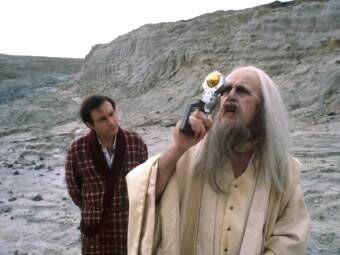
 " title="This tweet is just here to stop Twitter from revealing the reveal in the timeline. https://abs.twimg.com/emoji/v2/... draggable="false" alt="🙂" title="Leicht lächelndes Gesicht" aria-label="Emoji: Leicht lächelndes Gesicht">" class="img-responsive" style="max-width:100%;"/>
" title="This tweet is just here to stop Twitter from revealing the reveal in the timeline. https://abs.twimg.com/emoji/v2/... draggable="false" alt="🙂" title="Leicht lächelndes Gesicht" aria-label="Emoji: Leicht lächelndes Gesicht">" class="img-responsive" style="max-width:100%;"/>
